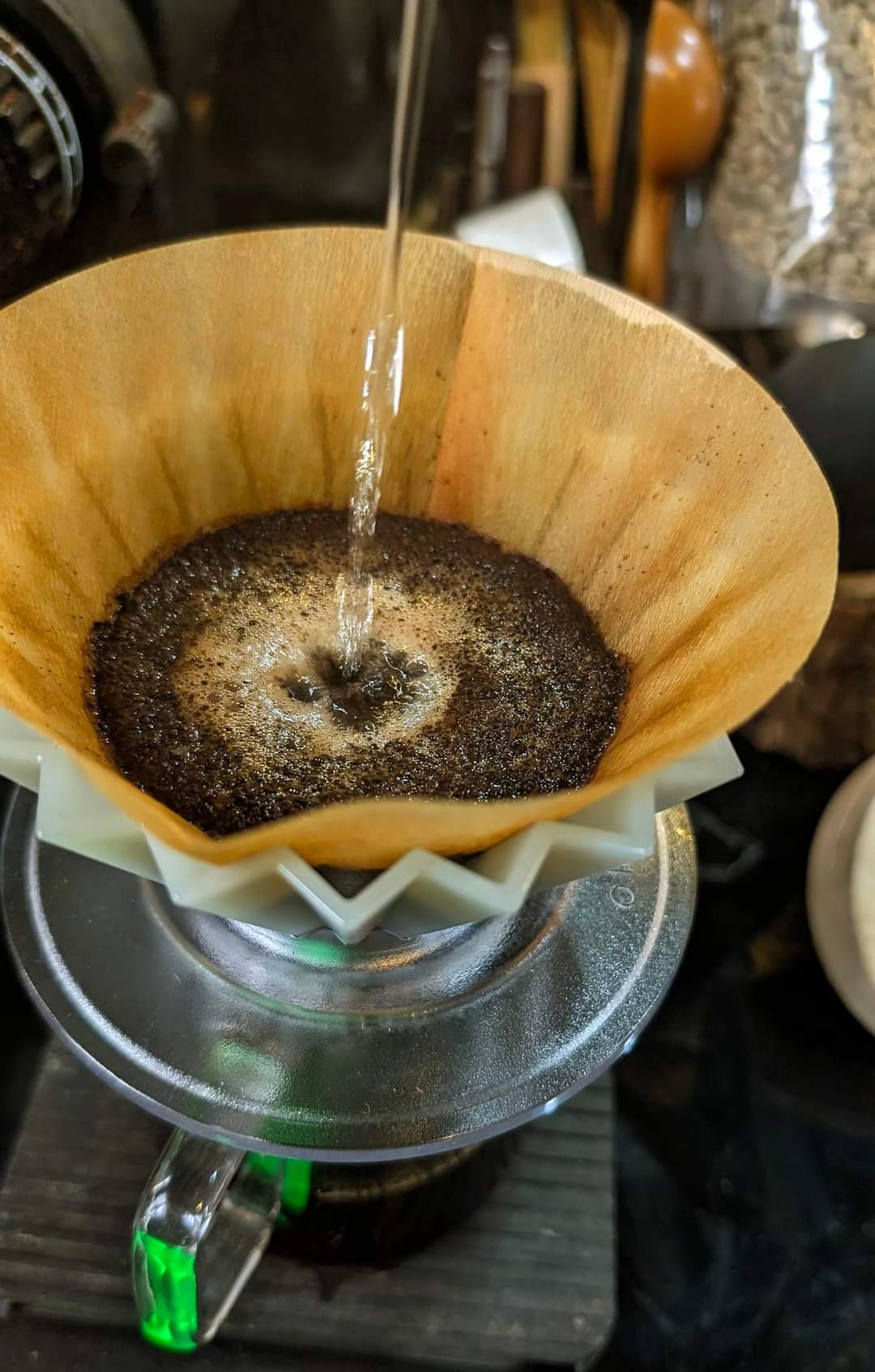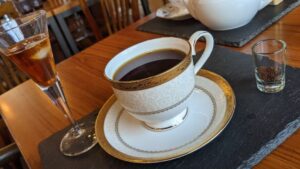If you find that the coffee you bought tastes stiff after brewing, perhaps due to storage or some messy issues, you can try raising the water column when the water comes out, so that the hot water in the tail section can be more concentrated before it contacts the coffee. Some air is mixed in and then mixed into the ground coffee powder for brewing.
It's a bit like the way of Indian teh tarik. Due to the mixing of more air, through the friction between molecules, it is no longer just a smooth entry into the water. It not only speeds up the removal of some impurities, but also allows the coffee oil to be quickly integrated. Into water, this brewing method can make the taste of your drink softer, creamier and creamy.
It's just that this brewing method is mainly for emergency use. If your coffee beans are still in good condition, I really don't recommend it. After all, this kind of water control is rough and not so easy to control. Every time The amount of water mixed with air.
This is just to provide you with a simple solution. If there is something wrong with the beans, it tastes too foreign and has a harsh taste. This is a quick solution!
Of course, the best way is to buy some coffee beans, store and brew them properly, which is the most correct way to enjoy a good drink.
I'm not a professional barista, so I can't explain those almost fantasy brewing methods. To me, brewing coffee is just like cooking. It's actually a science. As long as you understand the principles, you can easily achieve what you want. Desired brewing texture.
For example, the water temperature for deep roasting is low to reduce the bitterness dissolution during high-temperature over-extraction; the water temperature for light roasting is high to allow more of the good oil flavor in the early part of the coffee to dissolve; and if you want more sweetness or acidity, it depends. Depending on you, you have to use one-step brewing, three-stage or five-stage brewing, and various different water-cut brewing methods.
The prerequisite for these different styles of brewing is to first understand the flavor of the drink you like, because everyone's tongue has different distribution of taste buds.
So first brew the coffee you have on hand to achieve a stable taste that you like, and then play with different brewing changes; just like the same bean, it will change in various ways according to everyone's different brewing methods.
Do you like coffee?
Are you also learning how to brew?
This website does not have those annoying ads that block the webpage and hinder reading!
If you think the article I wrote is helpful to you, could you please fill in a Questionnaire, allowing me to better understand everyone’s needs and write more high-quality content.








